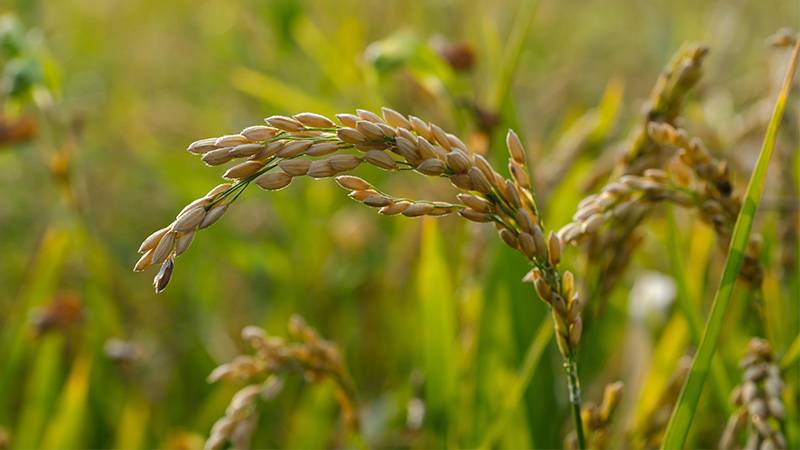In the picturesque region of northeastern Ontario, the Nipissing First Nation is on a mission to heal the environmental scars left by industry, colonialism, and poor land management. Their approach is a blend of traditional wisdom and cutting-edge technology, aiming to restore balance to an ecosystem under threat.
On a recent October day, members of the community navigated the Veuve River, surrounded by towering stalks of manoomin, or wild rice. This aquatic grass, once a staple for local wildlife and humans, is being reintroduced to combat invasive plants and rejuvenate the land.
The challenges facing the Nipissing region are manifold. Contaminated waterways, invasive plants that increase fire risks, and highways that have become death traps for moose are just a few of the pressing issues. Curtis Avery, Nipissing First Nation’s environment manager, is optimistic that a mix of modern tools and ancestral knowledge can turn the tide.
Avery, who has been at the helm of environmental efforts for two years, oversees a range of initiatives. His office is a testament to the scope of the task, with blackboards covered in maps and data. He emphasizes the interconnectedness of the ecosystem, from fish to moose, and the importance of data in guiding their efforts.
Sophie Tore, an environmental technician, recently joined Avery’s team. One of their primary concerns is the proliferation of harmful blue-green algae blooms in local waterways. These blooms, exacerbated by agricultural runoff and septic system leaching, suffocate aquatic life and pose health risks to humans and animals. Traditional methods of combating these blooms, like adding clay to the water, are seen as inefficient. Instead, the community has invested in a pilot project with E M Fluid’s EMF 1000, a device that aerates water to boost its oxygen content, naturally suppressing algae growth. Early results are promising, with reduced nitrogen and phosphorus levels and no reported algal blooms in certain areas for two years.
Curtis Avery, environment manager for Nipissing First Nation, believes his community can help nurse the land back to health by combining novel equipment and techniques with traditional understandings of stewardship.
According to The Narwhal, another pressing issue is the alarming number of moose fatalities on local highways. To address this, Avery’s team undertook a unique study, counting moose fecal pellets to estimate population densities. Their findings revealed a significant moose population trapped between the Trans-Canada Highway and Lake Nipissing. With this data in hand, Avery plans to collaborate with key stakeholders, including Ontario’s Ministry of Transportation, to implement safety measures during future highway developments.
Avery’s commitment to data-driven solutions is unwavering. He believes that having concrete evidence is crucial to effecting change. As he puts it, a “squeaky wheel” with data behind it stands a better chance of being heard and making a difference.
Invasive reeds, known as phragmites, are another environmental menace in the region. These towering plants, which can grow up to 15 feet, release toxins that stifle native species and reduce biodiversity. Rather than merely eradicating these invaders, the community has a novel solution: replace them with wild rice. Avery recalls a time when wild rice thrived in Lake Nipissing, before the construction of dams altered the landscape. By reintroducing this culturally significant plant, the community hopes to restore ecological balance and reclaim a piece of their heritage.
The Nipissing First Nation’s efforts underscore the power of community-driven, data-informed environmental stewardship. By blending the old with the new, they are charting a path toward a more sustainable future.
More inspiring green news similar to this:


